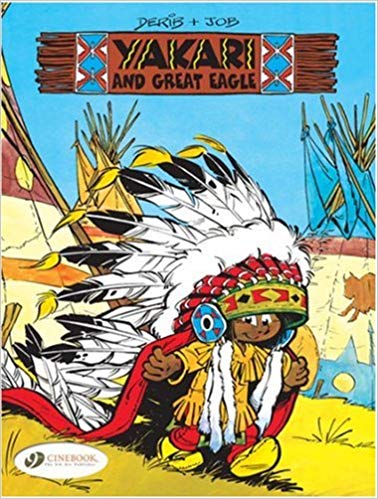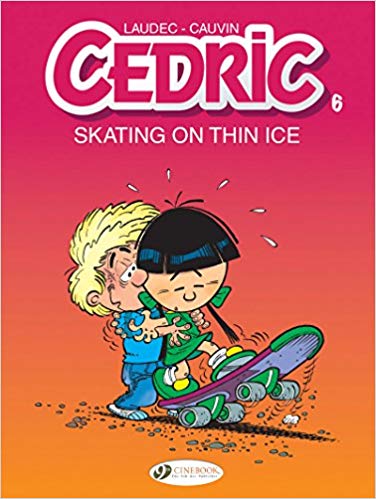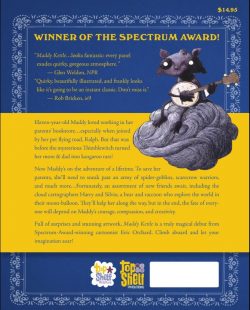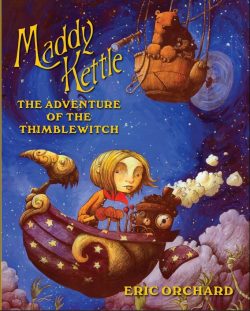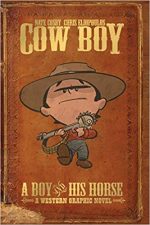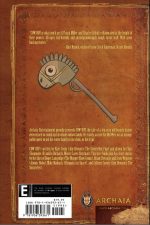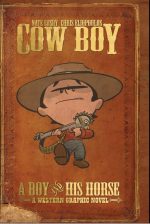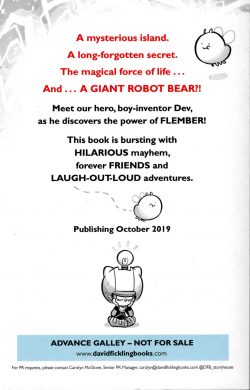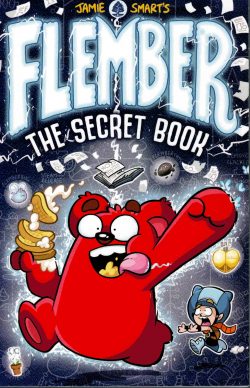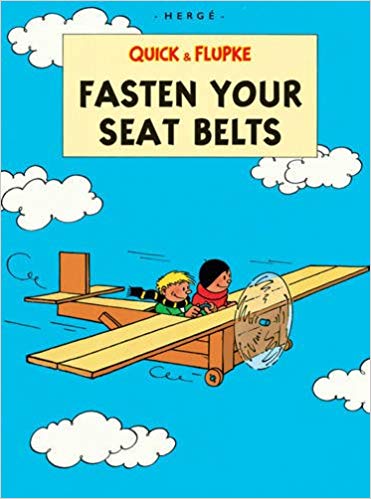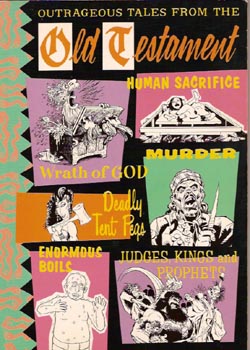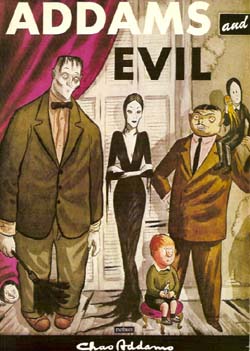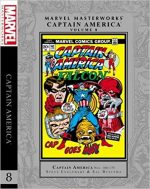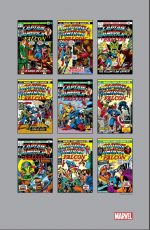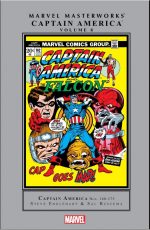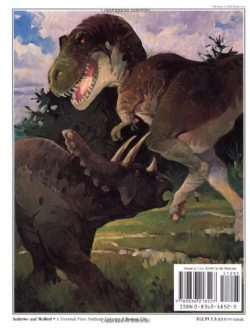
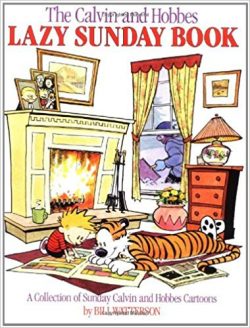
By Bill Watterson (Andrews McMeel)
ISBN: 978-0-83621-852-7 (TPB)
Almost any event big or small is best experienced through the eyes of a child – and better yet if he’s a fictional waif controlled by the whimsical sensibilities of a comic strip genius like Bill Watterson.
Calvin is the child in us all; Hobbes is the sardonic unleashed beast of our Aspirations; no, wait… Calvin is this little boy, an only child with a big imagination and a stuffed Tiger that is his common sense and moral sounding board…
No; Calvin is just a lonely little boy and Hobbes talks only to him. That’s all you need or want.
A best-selling strip and critical hit for ten years (running from November 18th 1985 through December 31st 1995), Calvin and Hobbes came and went like a comet and we’re all now the poorer for its passing. The strip redefined depictions of the “Eyes of Wonder†which children all possess, and made us adults laugh, and so often cry too: its influence shaping a generation of up-and-coming cartoonists and comicbook creators.
We all wanted a childhood like that kid’s; bullies, weird teachers, obnoxious little girls and all. At least we could – and still do – visit…
The Daily and Sundays appeared in more than 2,400 newspapers all over the planet and from 2010 reruns have featured in over 50 countries. There have been 18 unmissable collections (selling over 45,000,000 copies thus far), including a fabulous complete boxed set edition in both soft and hard cover formats. I gloat over my hardback set almost every day.
Unlike most of his fellows, Watterson shunned the spotlight and the merchandising Babylon that follows a comic strip mega-hit and dedicated all his spirit and energies into producing one of the greatest treatments on childhood and the twin and inevitably converging worlds of fantasy and reality anywhere in fiction. All purists need to know is that the creator cites unique sole-auteur strips Pogo, Krazy Kat and Peanuts as his major influences and all mysteries are solved…
Calvin is a hyper-active little boy growing up in a suburban middle-American Everytown. There’s a city nearby, with museums and such, and a little bit of wooded wilderness at the bottom of the garden. The kid’s smart, academically uninspired and happy in his own world. He’s you and me. His best friend and companion is stuffed tiger Hobbes, who – as I might have already mentioned – may or may not be alive. He’s certainly far smarter and more ethically evolved than his owner…
And that’s all the help you’re getting. If you know the strip you already love it, and if you don’t you won’t appreciate my destroying the joys of discovery for you. This is beautiful, charming, clever, intoxicating and addictive tale-telling, blending wonder and laughter, socially responsible and wildly funny.
After a miraculous decade, at the top of his game Watterson retired the strip and himself, and though I bitterly resent it, and miss it still, I suppose it’s best to go out on a peak rather than fade away by degrees. I certainly respect and admire his dedication and principles.
This slim tome collects some of the earliest full-colour Sunday pages from the strip, and includes a new 10-page adventure painted in staggeringly lovely watercolours. Imaginative, dazzling, unforgettably captivating, these are some of the best of Watterson’s work. You should have them in your house.
The entire Calvin and Hobbes canon is still fully available in solo volumes and the aforementioned wrist-cracking box set but not, sadly, in a digital edition yet. You can however, enjoy digital dollops of this graphic milestone if so inclined by going to gocomics.com/calvinandhobbes. They are also available online through the Andrews McMeel Uclick platform, so there’s no reason for you not to make this brilliant example of our art form a permanent part of your life. And you’ll thank me for it, too…
© 1989 Universal Press Syndicate. All Rights Reserved.

